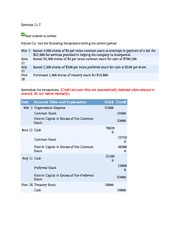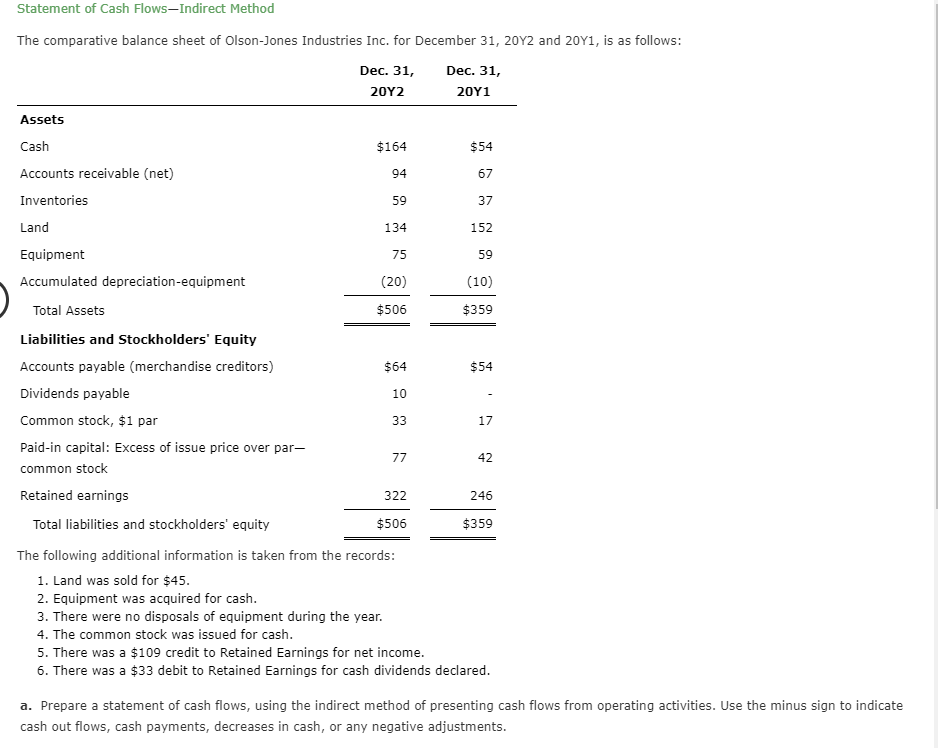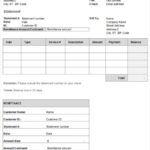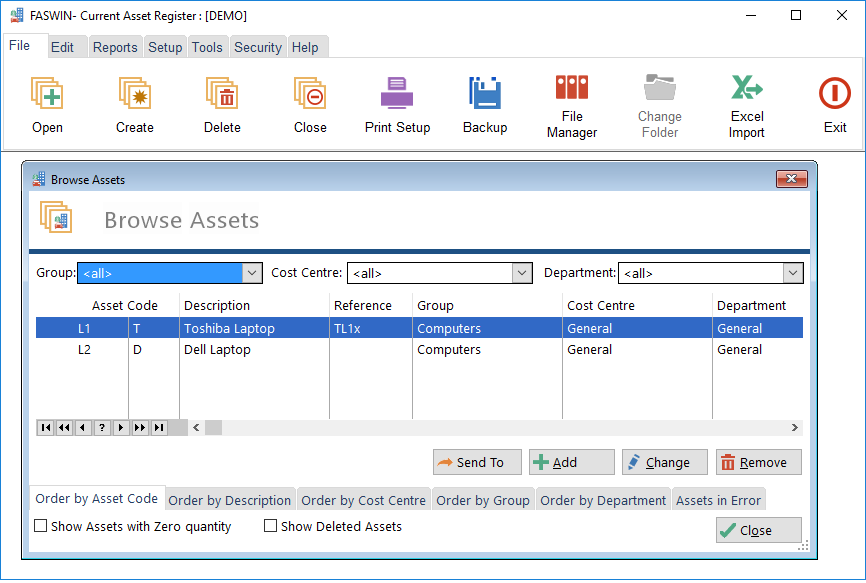Content
Finding documents from previous years may be challenging for some. Thankfully, the IRS has a form you can fill out to request any tax information they have https://turbo-tax.org/past-year-tax/ on file for you for a given year. Form 4506-T allows you to request a transcript of your tax return information, even if you haven’t filed a tax return.
Don’t worry, we’ll let you know just where you need to send your prior year tax return. Use our comprehensive Tax Calculator to find out if you have a current/prior year tax refund in store. All features, services, support, prices, offers, terms and conditions are subject to change without notice. Let an expert do your taxes for you, start to finish with TurboTax Live Full Service.
Search form
Before filing, you can learn more about the advantages of filing online. Electronic filing is the fastest way to get your refund. If you file online, you can expect to receive your refund within 2 weeks. If filing on paper, you should receive your refund within 6 weeks. These records will show the owner as of the January 1 lien date. If
you purchased the property after January 1, please reference your
purchase date to determine which payments were made during your period
of ownership.
E-Filing your returns is the safest and quickest way to get your taxes done. If you fail to file, we may file a substitute return for you. This return might not give you credit for deductions and exemptions you may be entitled to receive. We will send you a Notice of Deficiency CP3219N (90-day letter) proposing a tax assessment.
TURBOTAX ONLINE GUARANTEES
We will provide you with further steps on your status page and with the IRS/State mailing address. For 2015 and later taxes, we have made tax calculators and tools available for each year to assist you in planning. Find out how student https://turbo-tax.org/ loan, scholarships and other forms of aid can affect your tax return. If you are at an office or shared network, you can ask the network administrator to run a scan across the network looking for misconfigured or infected devices.
The IRS will send the information it has on record, including information found on forms such as W-2s, 1099s, and 1098s. It won’t have information about deductions and credits you may qualify for, though, so you’ll still need to do some work on your own. If you received a notice, you should send us a copy of the past due return to the indicated address. These forms are subject to change only by federal or state legislative action.
Indiana State Prior Year Tax Forms
In these cases, filing a tax return could result in a tax refund that puts money in your bank account. We provide self-tax preparation of both federal and state returns, our software is design to calculate multiple state returns. You will need to download, print, sign and mail your tax return to the IRS or state since the deadline for e-filing self-prepared past year tax returns has ended. Once you have all the forms you need, be sure to use the tax forms from the year you’re filing. For instance, you must use 2020 tax return forms to file a 2020 tax return.
- The IRS will send the information it has on record, including information found on forms such as W-2s, 1099s, and 1098s.
- This also applies to the third stimulus check, but you will need to file a 2021 Return instead of one from 2020.
- The return we prepare for you (our proposed assessment) will lead to a tax bill, which, if unpaid, will trigger the collection process.
- The same rule applies to a right to claim tax credits such as the Earned Income Credit.
- Be sure to use the previous year’s mailing address and not the current mailing address so your return goes to the right place.
This portal walks you through a simple virtual checklist of all the licenses you need to start and maintain your business. Pick the oldest to start then move on to the next after you have prepared your first tax year. Ask a real person any government-related question for free. They will get you the answer or let you know where to find it. Official websites use .govA .gov website belongs to an official government organization in the United States. If you have any suggestions or comments on how to improve these forms, contact the Forms Manager at
Filing your taxes
Patience is important when filling out a tax return by hand. And thankfully, you can also file tax returns from previous years using TurboTax. We hold income tax refunds in cases where our records show that one or more income tax returns are past due. We hold them until we get the past due return or receive an acceptable reason for not filing a past due return. You can e-file your current Tax Return on time here on eFile.com until Tax Day. If you owe taxes, you might be subject to late filing and late payment fees if you wait until after the deadline to e-file your return.
What is the oldest tax return I can file?
6 Years for Filing Back Taxes, 3 Years To Claim a Refund
The IRS will eventually intercede and file a substitute tax return for you if you wait too long and if you had any income during the year in question, and this probably would not be in your best interest.
For example, the latest you could file for a 2018 refund was April 18, 2022. Links to tax federal and state tax forms by tax year can be found below. You can prepare and e-file your current Tax Year Return on eFile.com regardless of when you mail your back tax return. Remember, prior-year tax returns cannot be electronically filed anywhere. In order to claim the first two of the stimulus payment checks, you will have to file your 2020 Tax Return and claim the 2020 Recovery Rebate Credit for missed stimulus payments.
How Do I File Returns for Back Taxes?
If you are due a refund for withholding or estimated taxes, you must file your return to claim it within 3 years of the return due date. The same rule applies to a right to claim tax credits such as the Earned Income Credit. EFile.com offers tax preparation and e-filing for the current tax year. Prepare and e-file your federal and state return by Tax Day so you do not have to go through the hard work of calculating taxes and sending your information through the mail.
Prepare your Limited Labiality Corp (LLC), Partnership, S-Corporation, or C-Corporation return at an affordable price. Our software is designed to provide guidance every step of the way. Simply enter your business income and expenses and let us do the rest.
If you missed filing your 2020 Return to claim a missing stimulus payment – only for stimulus 1 and 2 – you will have to file back taxes which you cannot e-file. This also applies to the third stimulus check, but you will need to file a 2021 Return instead of one from 2020. Unfortunately, there is a limit on how far back you can file a tax return to claim tax refunds and tax credits. This IRS only allows you to claim refunds and tax credits within three years of the tax return’s original due date. One practical reason to file a back tax return is to see if the IRS owes you a tax refund. While many have federal income taxes withheld from their paychecks, sometimes too much money is withheld.





